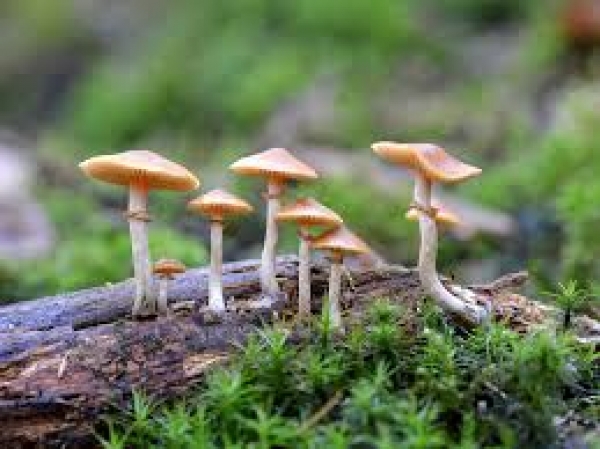An enormous library of fungal products has been set up by the researchers from the group of Jeroen den Hertog, Hubrecht Institute, in collaboration with researchers from the Utrecht University and Westerdijk Institute.
The products in the library have been derived from more than ten thousand fungi that are being screened for biologically active compounds. The library offers ample opportunity to search for new drugs.
World t....
Tags : research, filtrates, cholesterol-lowering drug lovastatin,


comments (0)